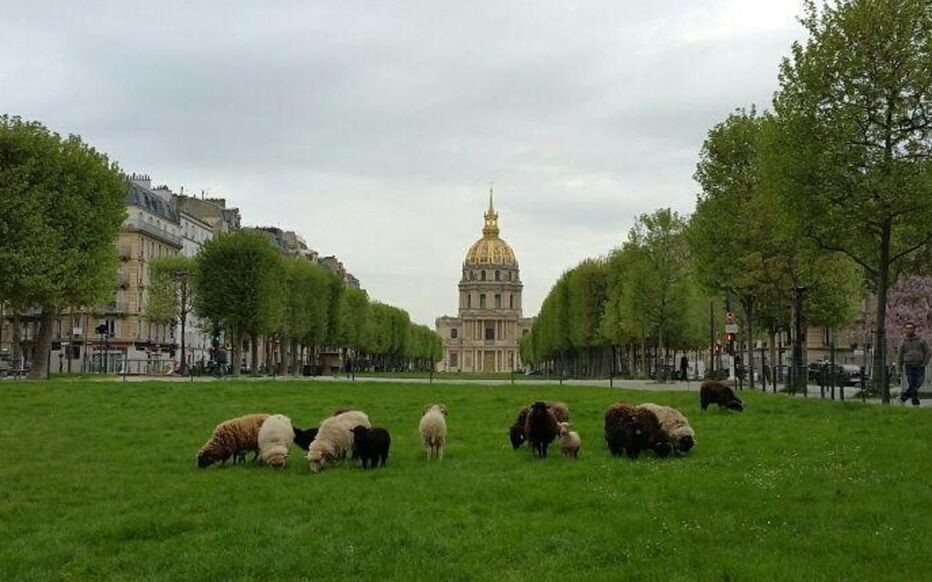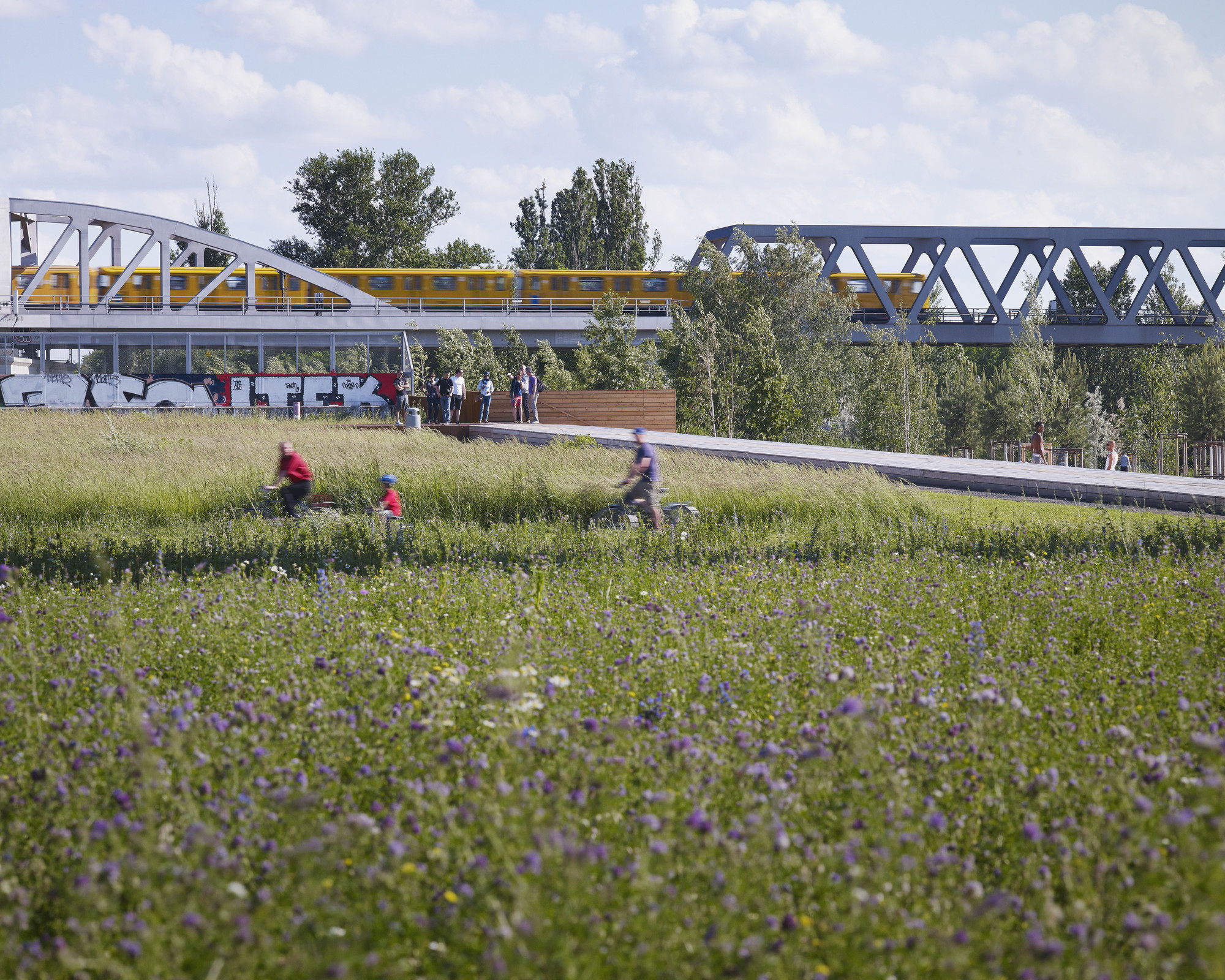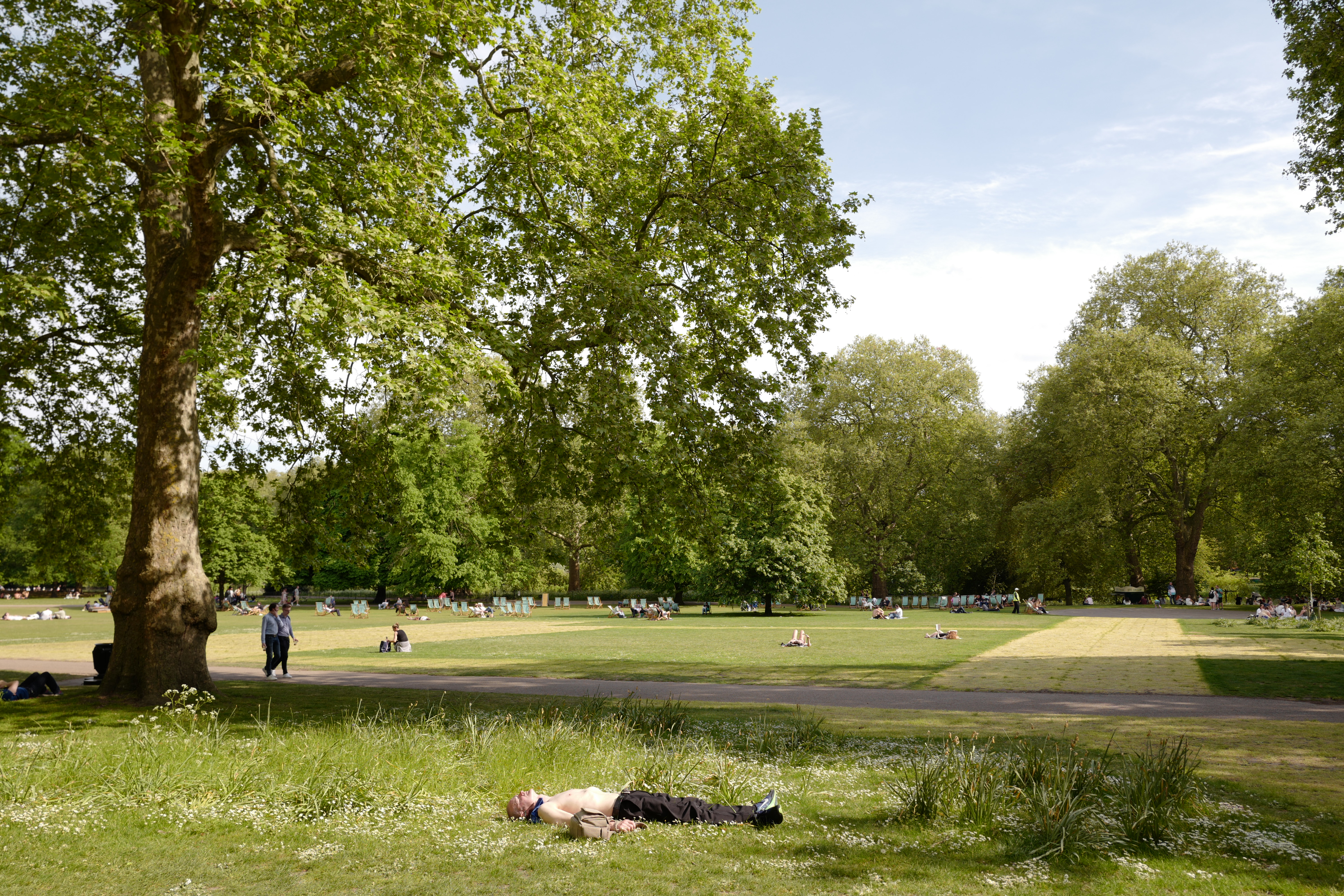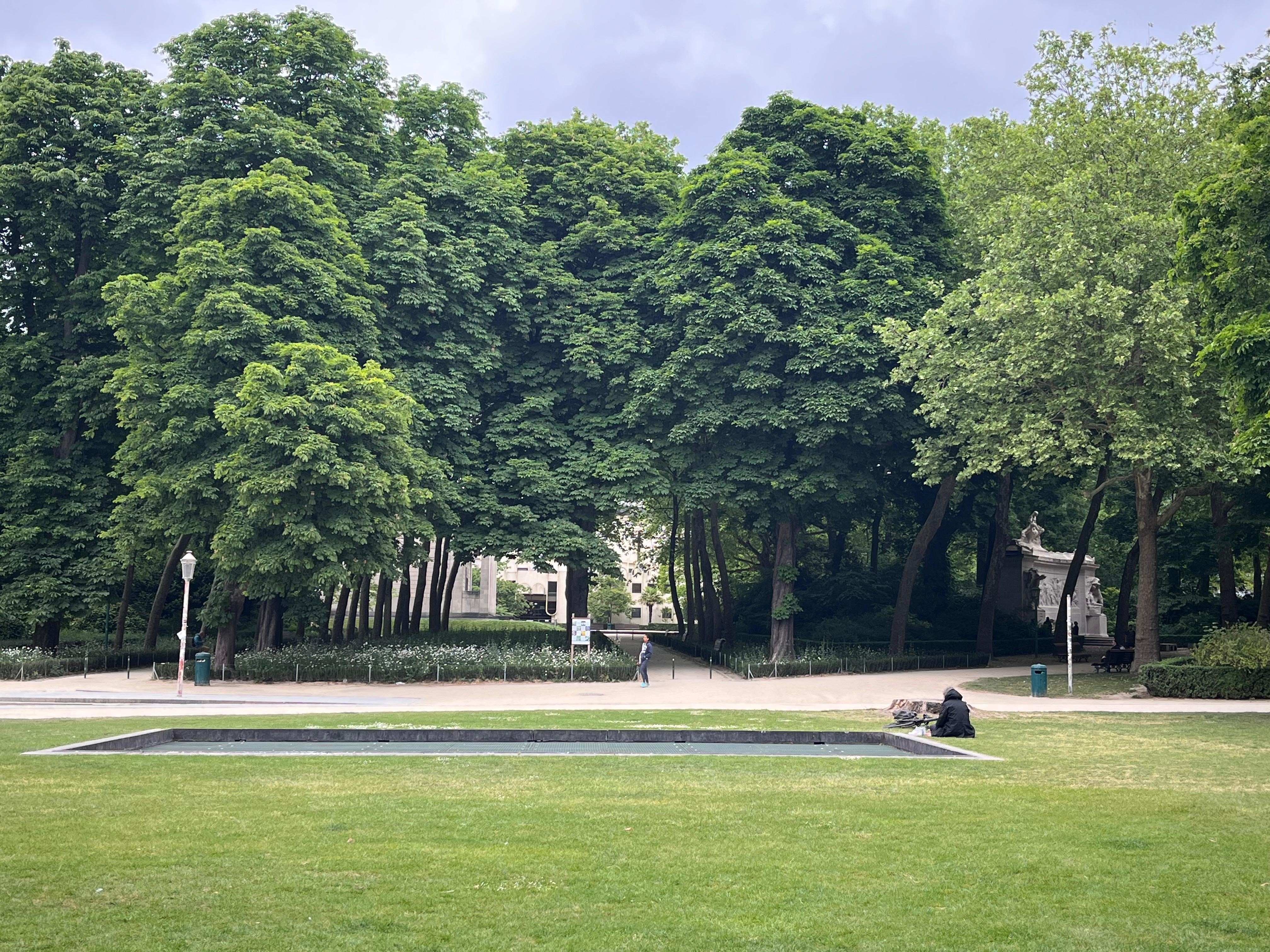The battle of the mowing: Milan compared with European capitals: how Brussels, Paris, Berlin and London behave

Paris, Berlin, London and Brussels, the reconnaissance of the Corriere reveals that the controversies on unwritten meadows (for biodiversity) are a specificity of Milan, where complaints continue, especially in the suburbs
Those who translate it into neglect and those who derubic it into green strategy: the practice of reduced mowing divides citizens. THESince last year the Municipality has decided to let the grass grow in some urban land clips with the intention of safeguarding biodiversity. A choice that the administration not only confirmed for this year but, in light of the results, has also doubled the areas affected by the practice.
The Bicocca University team has detected an increase in insect biodiversity in reduced mowing areas with peaks of 30 percent than those in which it has been cut more frequently. In the areas with greater wealth of flowers and species, up to 60 percent is reached. In light of the Palazzo Marino data, it has decided to double, compared to last year, the areas where the grass will be higher, going from 54 to 111 areas distributed in the municipalities for about 1.8 million square meters on 19 of urban green managed directly by the Municipality. « The areas – explains Palazzo Marino in a note – have been identified according to different criteria, so as not to affect public uses or on the use for the game, relaxation, sport, also reducing the heat islands effect ». Therefore, the grass will continue to be cut in play areas and spaces intended for dogs. The practice of reduced mowing affects, according to the municipal administration, mostly high traffic roads or some points « in the extensive and equipped parks » explains. For example, last year in the Montanelli gardens the high grass was maintained around a plane tree.
However, the administration’s decision does not agree. If for a part of the opposition it is « a saving on green », as explained by the League councilor Samuele Pool, for a part of the citizens it is a state of neglect that does not make distinctions between the suburbs and the center. In the Gallaratese, for example, the residents complain of the tufts of grass that transbord from the sidewalks. At the Vergani Gardens, in Pagano, the « blonde meadows of forasacchi ».
In Paris the sheep in the meadows
In Paris the high grass in parks also has ideological and political dimension: The left of the mayor Anne Hidalgo has been multiplying for some time the initiatives that try to reduce the distance between the urban and rural worldbetween the protests and the diles of the right. Urban farms and vegetable gardens, apicultures on the roofs of the buildings, fruit boxes exhibited in expensive restaurants are part of the « countryside in the city » style promoted for over 10 years now. Leaving the high grass is the technical recommendation of the Jardin des Plantes experts (among the most beautiful in Europe)which recall on the site how to « avoid cutting flowers on the ground allows you to diversify the species in your garden: you will soon see wild plants that, far from human intervention, grow, flourish and put the seeds ». But this setting finds its most spectacular application in the Garden of the Avenue de Breteuil, in front of the Duomo of the Invalides: here the shaving of the lawn is sometimes entrusted to the cuts, and more often to a dozen sheep of the Ecomouton breeding made from Brittany by a neighborhood association (Stefano Montefiori).
Berlin, the « brusca » grass does aesthetic
High grass, or brusque grass, is part of Berlin’s aesthetic. As well as the large spaces, the void, the altbau (vintage houses) with the stuccos or the modular geometry of the DDR, is the essence of that rough and cool effect that made the city chosen for at least one generation. What nobody told Vincenzo Latronico better (first Italian in the Cinquina del Booker Prize). The grass is high, in many places, because the parks are immense. Tiergarten, who arrives at the Brandenburg gate, has the size of the circle of the Navigli. Tempelhof, 3.3 square kilometers, the former Hitler airport, is still larger: since it was opened in 2009, the side spaces have been left uncultivated, shaved once a year. The latest born, the Gleisdreick (in New York High Line style, but ten times more extensive) by statute includes a « wild » part and a part dedicated to the gardening of citizens. The word « reduced mowing » does not exist in official policies, just because here it has always been done so: the Greens were in the government of the city, biodiversity a mantra since the nineties. Impossible not to imagine Berlin a little uncultivated (Mara Gergolet).

London breaks through the no Mow May
Also this year sThe London parks participating in the « No Mow May », the May without mowing: It is an initiative launched by Plantlife, charity body for the conservation of wild plants that has managed 24 natural reserves throughout the United Kingdom and of which he has been patron of Charles III since 2023. The goal is to avoid mowing the grass during this month in certain areas of the parks to allow wild plants to grow freely and offer nourishment to pollinating species such as bees and butterflies. A way to increase biodiversity and support local fauna by creating natural habitats: but there is also a « didactic » purpose: to encourage « Gentili » gardening practices in the gardens of the house, whose obsessive care is a kind of national religion of the British. The most enthusiastic London district to join the No Mow May is that of Westminster, which manages the parks of the center: here they began to leave the grass free to grow, in dedicated areas, until mid -April and throughout June, hosting 600 species of flora and fauna (Luigi Ippolito).

In Brussels half the city is green
A ray of sunshine is enough for the Parks and Gardens of Brussels to populate with families with children and dogs, young people who listen to music, runner (even in the rain). A few steps from the European institutions there are the Fifty -year -old Park and Parc Léopold. The oldest is the real park, more central. And then there is the Bois de la Cambre, the Brussellese version of the Parisian Bois de Boulogne. The list could continue for a long time. The capital of Europe is rich in green, about 52 percent of the Brussels territory is covered by vegetation: Gardens and private seals, woods and forests, parks and public gardens, sports and recreational fields, seminatural spaces, uncultivated land, agricultural land, vegetable gardens, railway lines (alignment trees, docks and grassy roundabouts, embankments). For public green, after an assessment of the sites, use and associated constraints, the management method is chosen: A lawn can be divided into two, one by recreational activities and a reduced mash to protect biodiversity. There is so green that the different options do not conflict (Francesca Basso).

Go to all the news of Milan
<!–
Corriere della Sera è anche su Whatsapp. È sufficiente cliccare qui per iscriversi al canale ed essere sempre aggiornati.–>






